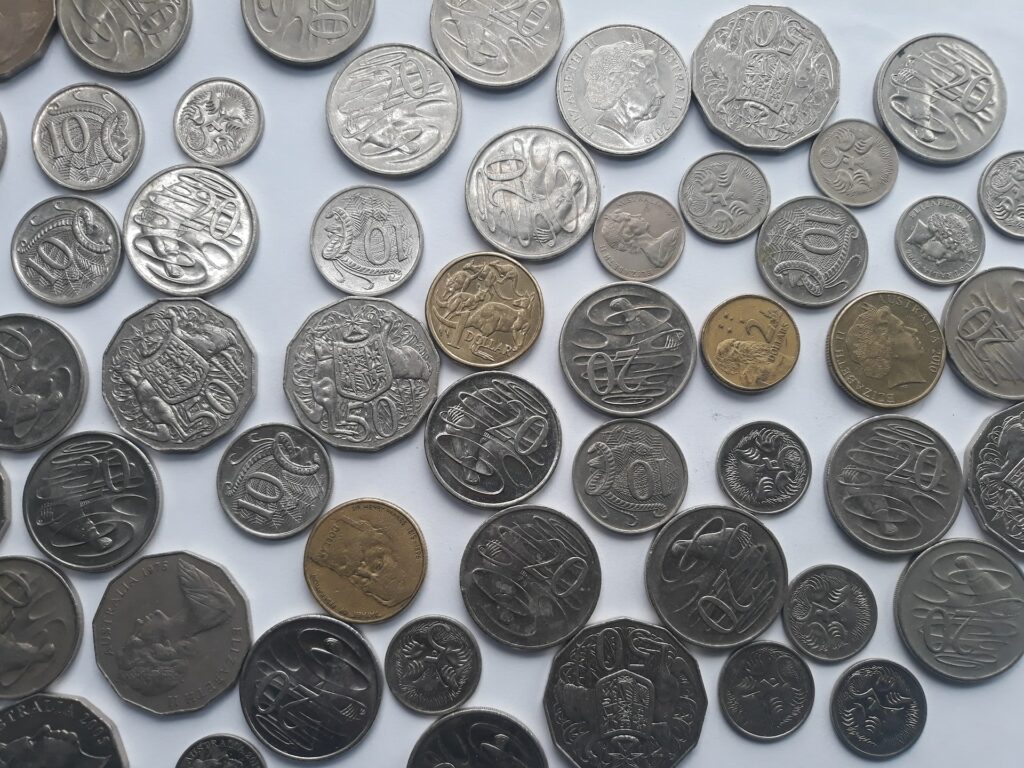Control charts are extremely useful graphical tools utilized to monitor processes, encourage stability and control in order to minimize waste & ensure consistent quality. An added bonus is that you can visually inspect the process for special causes of variation and take corrective action as needed. Utilizing a control chart helps keep your operations running like clockwork so that you can be sure everything’s under control!

What Are Control Charts And Why Are They Used In Quality Management
Control charts are a powerful graphical tool to assess the stability and quality of any process. They can identify special sources of variation, allowing you to take steps for improvement before further issues arise.
There are three types of control charts:
1) Shewhart charts can be immensely useful in detecting the source of variation if a process is out of control. By leveraging sample data, these visuals provide insight into whether your processes are stable or need improvement.
2) Individual-X control charts are vital for monitoring the efficiency of particular process steps, as they seek to pinpoint sources of variability and enhance the grade of individual actions. Utilizing these charts provides a clear path toward improving overall quality.
3) Moving average control charts are the perfect tool to evaluate and identify trends within a series of data points. With this powerful analysis, you can decide when it’s necessary to take corrective actions in order to optimize performance.
Control charts are a fundamental component of any quality management system, providing an easy-to-read graphic representation that identifies problems and opportunities for improvement. By utilizing the appropriate control chart, you can efficiently spot issues and make adjustments to ensure optimal performance in ongoing processes.

How Do Control Charts Work
In quality management, control charts help you determine whether your process is stable and consistent or if there are any special causes of variation that need to be addressed. They allow you to quickly identify sources of variability in the production process so that corrective action can be taken, leading to improved product quality. By using control charts in quality management, manufacturers can ensure they are meeting their customer’s needs while also increasing efficiency and reducing costs.

What Are Some Of The Benefits Of Using Control Charts
A few benefits of using control charts are that they can help you to:
Identify and correct problems in a process
Control charts can detect and resolve issues in the process by distinguishing special causes of variance. Special causes refer to unexpected occurrences that are not part of the usual procedure, which could make a process go out-of-control. With control charts, these factors will be located so they can be immediately fixed; this allows for an increased level of quality in your procedures.
Monitor process performance over time
Monitoring your process performance over time is a breeze with the use of control charts. Not only will you be able to detect patterns in how your processes are being executed, but also take immediate action if needed. Plus, control chart data can gauge whether or not corrective measures taken were effective and guarantee that they produce the desired results.
Reduce costs associated with quality problems
By pinpointing and eliminating the special causes of fluctuation in a process, control charts can help reduce quality issues’ associated costs. Rectifying these problems at an early stage will result in fewer flaws that could potentially save your business money down the line.
Control charts provide an array of advantages when it comes to guaranteeing quality in a production process. Not only are they capable of identifying and correcting any special causes that might hinder the efficiency of the process, but with their implementation, you can also monitor your progress over time while improving performance simultaneously. With proper utilization, control charts have been proven to significantly reduce costs related to inferiority issues as well as improve overall product/service excellence.
How Can You Use Control Charts To Improve Your Business Processes
Control charts are a valuable graphical tool that can help you determine the stability and control of any process. With their ability to identify special causes of variation, taking corrective action to improve your business’s quality is made possible. As well as this, Control Charts provide many additional advantages such as:
- Detect problems early and take corrective action before they cause significant damage
- Pinpoint the root cause of problems and fix them permanently
- Monitor the progress of quality improvement efforts
- Evaluate the performance of individual process steps and make changes as needed
- Track performance and make sure processes are stable over time

What Are Some Of The Common Types Of Control Charts
There are many different types of control charts, but the more common ones are the Shewhart, Moving Average Control Chart, and Individual-X control charts.
These control charts are a valuable asset to quality management as they help you detect when something is going awry with your process almost immediately. For example, if the X-bar chart reveals an unexpected fluctuation in the widget’s final product, then that notifies you of some changes taking place either within your process or due to external factors. This keeps any potential damage at bay while giving you enough time to investigate and make required adjustments!
Shewhart control charts are employed in a range of industries but can be particularly helpful for manufacturers looking to improve their processes. If your process is not stable, these charts can identify the source of any issues and allow you to make the necessary corrections – resulting in increased product quality and consistency.
Moving average control charts are useful for monitoring a process over a set period. This chart is helpful in the quick detection of any changes within the system, as well as for determining whether or not these variations are within the accepted range. With this data, you can make informed decisions to ensure that quality standards remain consistent throughout production runs.
Quality control teams can utilize individual-X control charts to quickly detect any issues within a batch or a lot of items. This powerful tool assists in managing quality as it enables us to identify abnormalities, thus ensuring that production standards are met and maintained.
Conclusion
Control charts are graphical tools that allow you to visually inspect a process for stability and control. By identifying special causes of variation in a process, you can take corrective action to improve the quality of your product or service. The use of control charts is one important step in achieving total quality management. Furthermore, with control charts, you can spot trends that could lead to a product or service failure before it happens. They also provide you with data, so you can make better decisions to improve the process and prevent future quality issues. So don’t ignore them – use control charts for total peace of mind in your quality management program!




